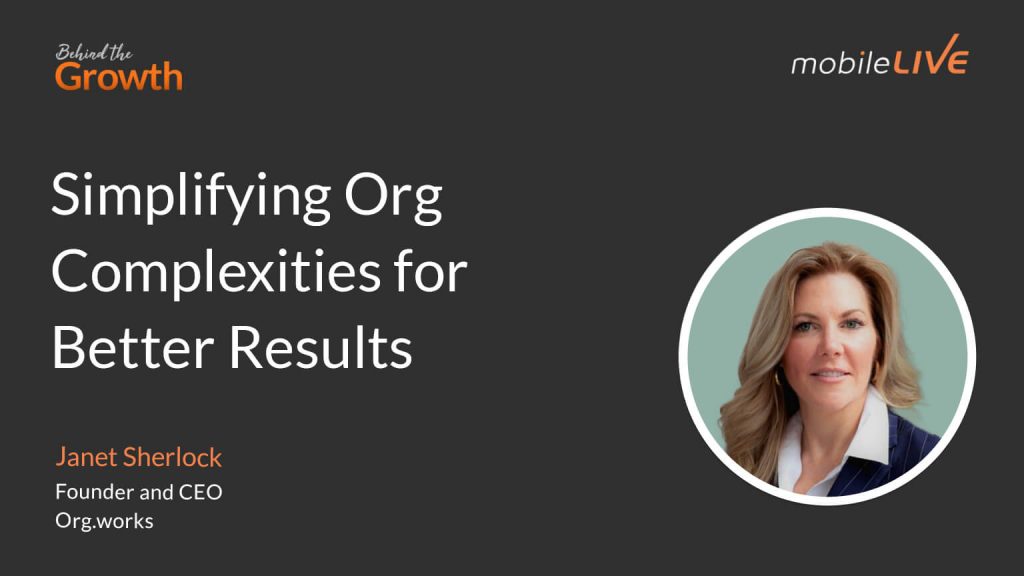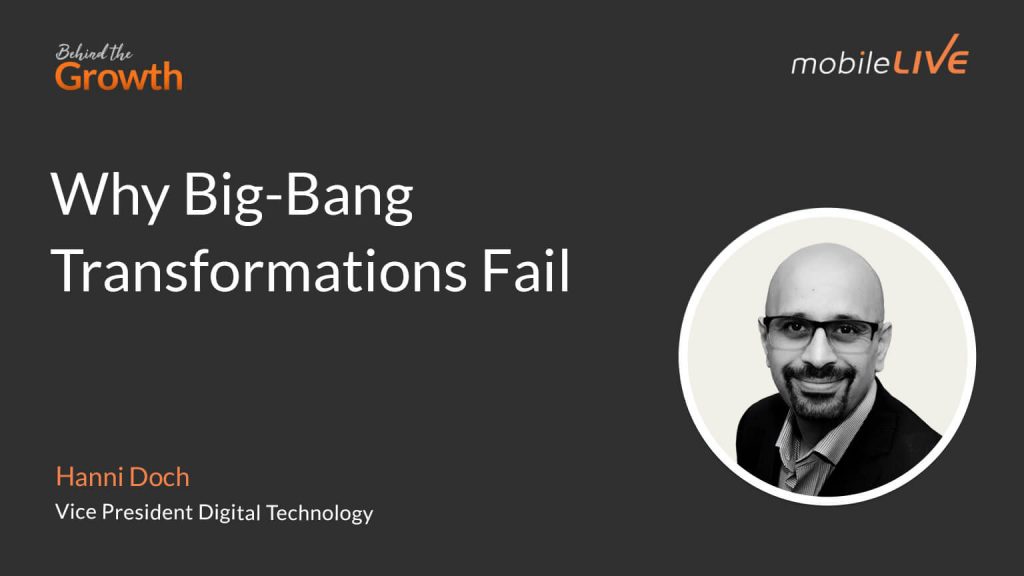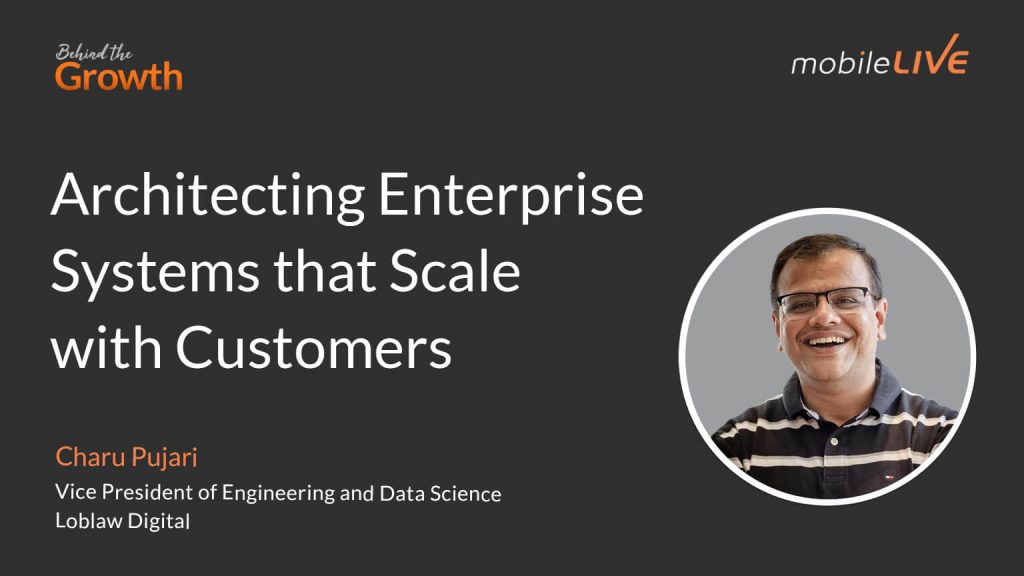Key Insights
Diversification Works Best When Aligned With Core Mission
Diversification isn’t just about entering new markets. It’s about expanding in ways that reinforce a company’s core mission and capabilities. Too often, organizations chase competitors into adjacent industries without knowing whether the move strengthens or dilutes their purpose. The smarter play is to identify opportunities that build on foundational strengths and create long-term value for customers, even if current market demand doesn’t fully validate the approach yet. When GreenShield faced this crossroads, instead of pursuing financial services like others, they chose to deepen presence in healthcare. The strategy wasn’t driven by immediate market demand, but by a clear hypothesis: combining insurance with direct care delivery would create long-term value for both plan sponsors and members.
Tech-Led Integration is Critical to Realizing M&A Value
Acquisitions alone don’t deliver value unless the underlying systems and services are integrated into a unified experience. Leaders often underestimate the complexity of stitching together disparate platforms, data flows, and customer touchpoints after M&A activity. After making eight healthcare acquisitions in 18 months, GreenShield’s priority was to ensure those services actually worked together to create a differentiated patient experience. Technology played a central role, not just in back-end integration, but in delivering a seamless journey for members across coverage and care. Zahid emphasized the urgency of consolidating platforms and capabilities to preserve their first-mover advantage.
Build for Where the Market Is Going, Not Where It Is
Sustainable innovation demands that organizations look beyond immediate product roadmaps and revenue pressures. Creating space for long-horizon thinking, whether through a dedicated innovation arm or structured exploration initiatives, allows companies to anticipate future market shifts and test bold ideas. GreenShield Ventures was created to look beyond the company’s two-year product roadmap and focus on long-term trends that could shape the future of healthcare. This approach protects strategic independence and aligns innovation efforts with the organization’s values. The goal isn’t to co-invest in startups, but to incubate and own the solutions that will matter most five or ten years from now, especially those that reinforce their non-profit mission.

Episode Highlights
Purpose Meets Profession in Real Time
Zahid shares how his career in actuarial science and his personal experience with Alzheimer’s in his family shaped his path to GreenShield. The role allowed him to combine a strong business foundation with a long-standing desire to create impact.
“…that combination at that stage of my career was really compelling. And I’ve had the great fortune over the last seven years to work at an organization that does both.”
Making Big Bets Before the Market Moves
Before there was any client demand, GreenShield made a deliberate move into healthcare delivery. Zahid compares this conviction-driven approach to Steve Jobs’ decision to create the smartphone, delivering what people need, not just what they ask for.
“We could have done innovation directly just in the insurance space, but we thought that over time, what our clients really needed was this combination of coverage and care.”
Reinvesting Like a Mission-Driven Enterprise
Zahid lays out how GreenShield operates with the discipline of a high-performing business while reinvesting 15–20% of excess earnings into social impact. Instead of chasing short-term shareholder returns, they anchor decisions to long-term value creation.
“So it’s more about what we do with the excess earnings as opposed to how we operate.”
Scaling Social Impact Through Services, Not Just Dollars
Rather than just funding non-profits, GreenShield runs its own programs using the same capabilities it delivers to clients. Zahid explains how this model engages employees and allows the company to deliver meaningful health outcomes at scale.
“We’re deploying the same service capability that we deliver to our clients. And that engages our employees directly in the programs themselves.”
AI That Predicts, Not Just Responds
Zahid envisions a proactive care experience powered by AI—where patients are supported before they know what to ask for. He explains how their platform, GreenShield+ is evolving to surface needs and guide next steps in real time.
“Even if they’re coming to the platform, they don’t know exactly what they want, we can prompt them with things based on what we know.”







